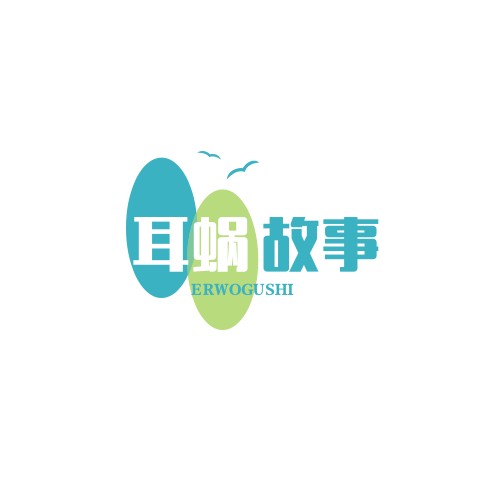中国成语英语故事:《画蛇添足》
Once upon a time, in ancient China, there was a contest among a group of friends who loved to tell stories. The challenge was to paint a snake, but with a twist: they had to add something unnecessary to their snake paintings to make it unique.
One of the friends, named Zhang San, was known for his creativity. He painted a beautiful snake, but instead of stopping there, he decided to add a pair of legs to it. He thought it would be a clever addition that would make his painting stand out.
As the friends gathered to admire their creations, they all agreed that Zhang San’s painting was indeed unique. However, they were puzzled by the extra legs. One of the friends, Wang Wu, pointed out that the original challenge was to paint a snake, not a creature with legs.
Zhang San, feeling proud of his clever addition, replied, “But isn’t the saying ‘a picture is worth a thousand words’? My painting adds a new dimension to the story of the snake, making it more interesting!”
Wang Wu, though amused, replied, “But the saying ‘a good thing done to excess is a bad thing’ also applies here. You’ve added something unnecessary that doesn’t enhance the painting but rather makes it less true to the original challenge.”
The story of Zhang San’s painting became famous, and it was later translated into English as “add legs to the snake.” This idiom is used to describe someone who tries to improve something by adding unnecessary features, thereby making it worse or less effective.
And so, the moral of the story is: sometimes, less is more, and adding too much can detract from the original intent or beauty of something.
